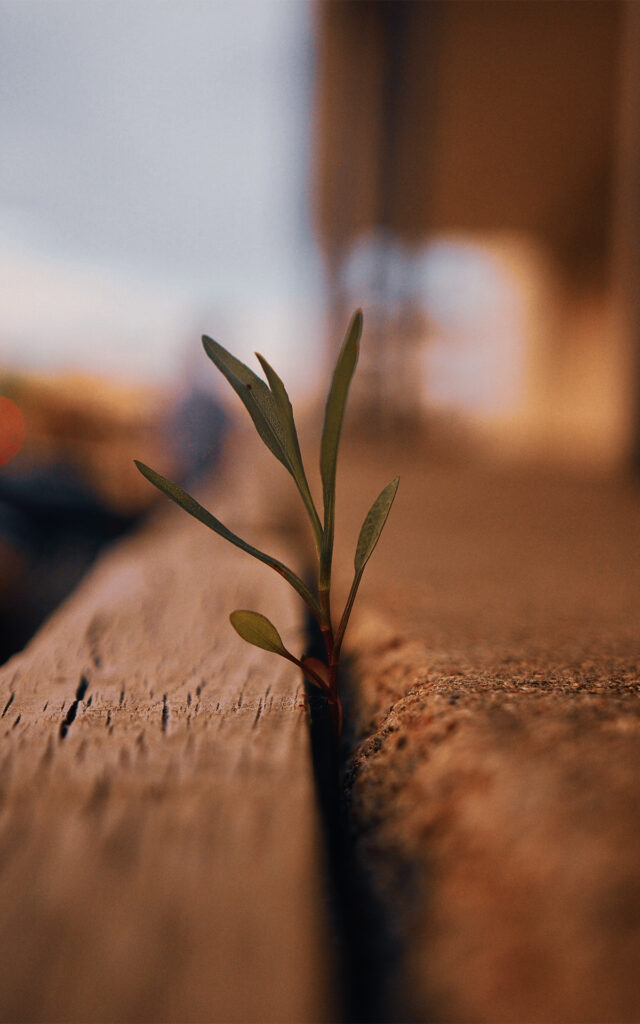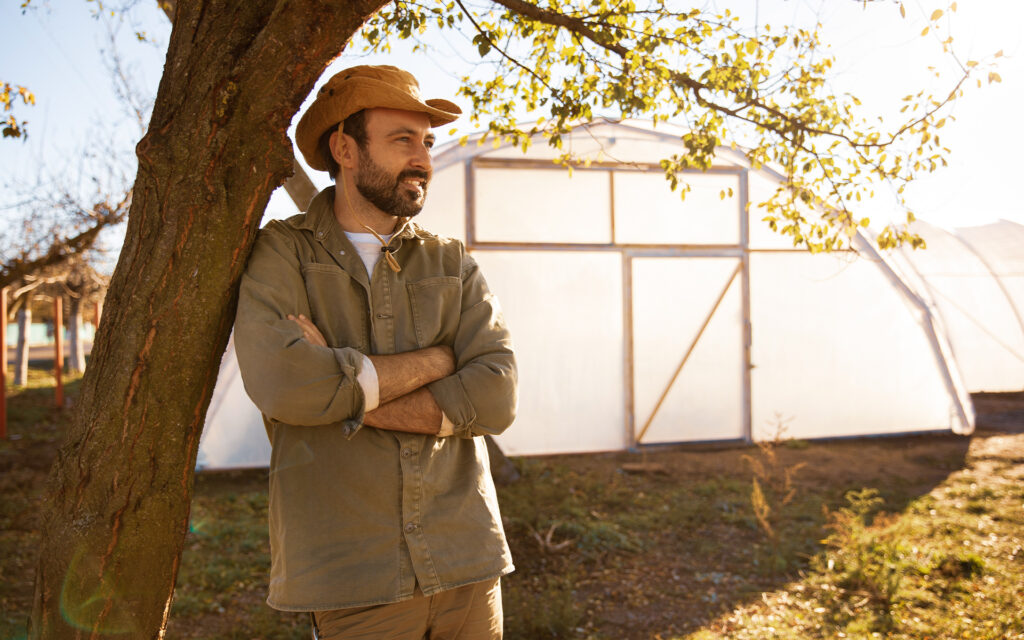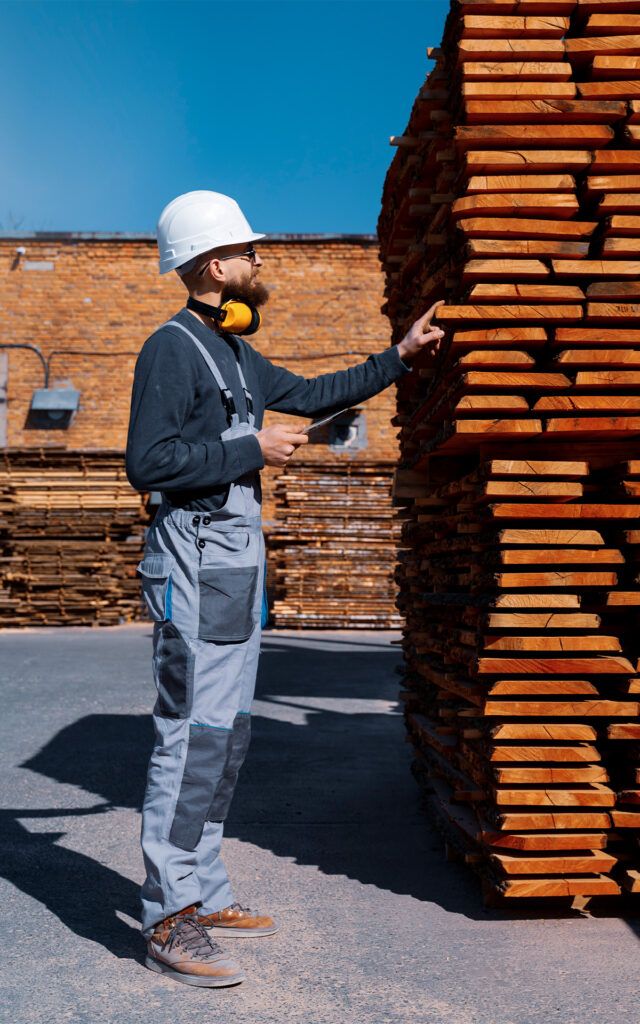“The earth needs to be saved.” I would rather say that the earth needs to be understood. A feature of the contemporary world is that questions remain unanswered, or at least, without convincing answers between activism and sustainability. The answers, if any exist, are often oxymorons. They replace meaning with a rhetorical ability making the answer useless. Both activism and sustainability are undoubtedly important attitudes, but they can be confusing, the same happens when it comes to green growth. Many politicians insist that global recovery must be rooted in green growth. But words have meaning. There is no such thing as green growth. In fact, the growth, is sweeping green out of the Earth. We can be green or we can have growth, but we can’t have both together. It’s impossible. In the end, do you choose growth? But then don’t call it green.
There seems to be a rush to provide too hasty answers, but those who really want to take action towards sustainability would do better to focus on the questions. “I’d rather have questions that can’t be answered than answers that can’t be questioned,” said Richard Feynman, the 1965 Nobel Prize-winning physicist, whose lectures at the University of Washington (1963) are still very topical reading and a way for sustainability and activism to face reality.

What is the ecological transition?
There is talk of ecological transition as the culmination of sustainability without ever clarifying what it really meant. Activism is used for a sustainable world, without explaining to what kind of world this transition will lead us or if there could be several “transitions”. We cannot know by whom and how they should be governed, what are the scenarios or why are taken certain choices rather than others.
The doubt may be that choices are made only on the basis of profit. A point for assessing sustainability is that the market, by itself, cannot promote sustainability. Ecosystems and biodiversity are currently not capable of a convincing economic assessment.

Is the solution in technology?
Humans have always developed more efficient technologies, in every industrial revolution. But now they are faced with a dilemma and they have to make a choice: to go towards systems that cannibalize energy, or to be careful to manage resources so as not to give in to the collapse of the energy system.
In this perspective, sustainable technology would be a progress. And that’s true, if it were not considered the sole, authentic and above all the only architect of sustainability.
Would our ultra-technical, specialized and globalized world withstand a catastrophe that comes from energy scarcity and from the lack of easily accessible resources? It would withstand a catastrophe that comes from the consequences of pollution or from a new financial and economic crisis? Perhaps more acute than the current ones. Could our world survive a world war? Could it survive by continuing to ignore “unaccounted” suffering?
Planning is an action but also a behavior. A conduct is a fundamental gesture to design a table, a house, a garden or a city. Bruno Munari said: “If what we use every day is made with art (and not thrown together by chance or caprice) then we shall have nothing to hide.” The concept of making “with art” is nothing more than what nature successfully applies in its activism for sustainability.

Is the choice in the reuse of materials?
Often we don’t know the origin of the raw materials that are used or the environmental costs that are paid in places of the planet other than those where the products are consumed. At the same time that the state of the planet worsens and the global crisis threatens us, we have cut down more and more trees and burned more and more oil. But they explained to us that we would save the environment and protect nature.
Globally, 20% of the population continues to grab more than 80% of the resources. More metals are going to be extracted from the earth’s crust, in one generation, than has been done in all of human history. The technological infrastructure is this huge polluting machine. To reverse the process, limits must be set. But how to do it?

A difficult context forces us to have a glance that tries to catch sparks. It’s necessary to open up unexpected creative scenarios, to break free from habits and to reconsider common categories and rules. All this with a careful safeguard of the energies used. The world is full of stimuli and opportunities.
Architecture and society
The architecture, like the whole society, suffers from a bulimic delirium of omnipotence. We would need a more humble, sober, frugal architecture. Frugality in energy, in raw materials, and in the maintenance implies low-tech approaches. This does not mean absence of technology, but the use of relevant techniques that are non-polluting or expensive along with devices that are easy to repair, recycle and reuse. In the construction and design phase, the frugality requires innovation, invention and collective intelligence. There is no need of hegemony of the technological vision of construction, but the involvement of citizens. Because it is not the building that is smart, but its inhabitants

It is estimated that around 1,000 new homes could be built each year using waste wood from construction sites in a major European metropolis. Globally, every 12 months we create about 16 million tons of wood waste and currently recycle only 15%. A wider use of recycling and recovery is more urgent than ever to maximize utilization and minimize material waste. We need a new thought by architects and designers between activism and sustainability since it is opening an epochal turning point. And the last question: will it be progress or will we go back 250 years?
To learn more: Building a more just society
You may also be interested in: Innovative sustainable fashion brands





